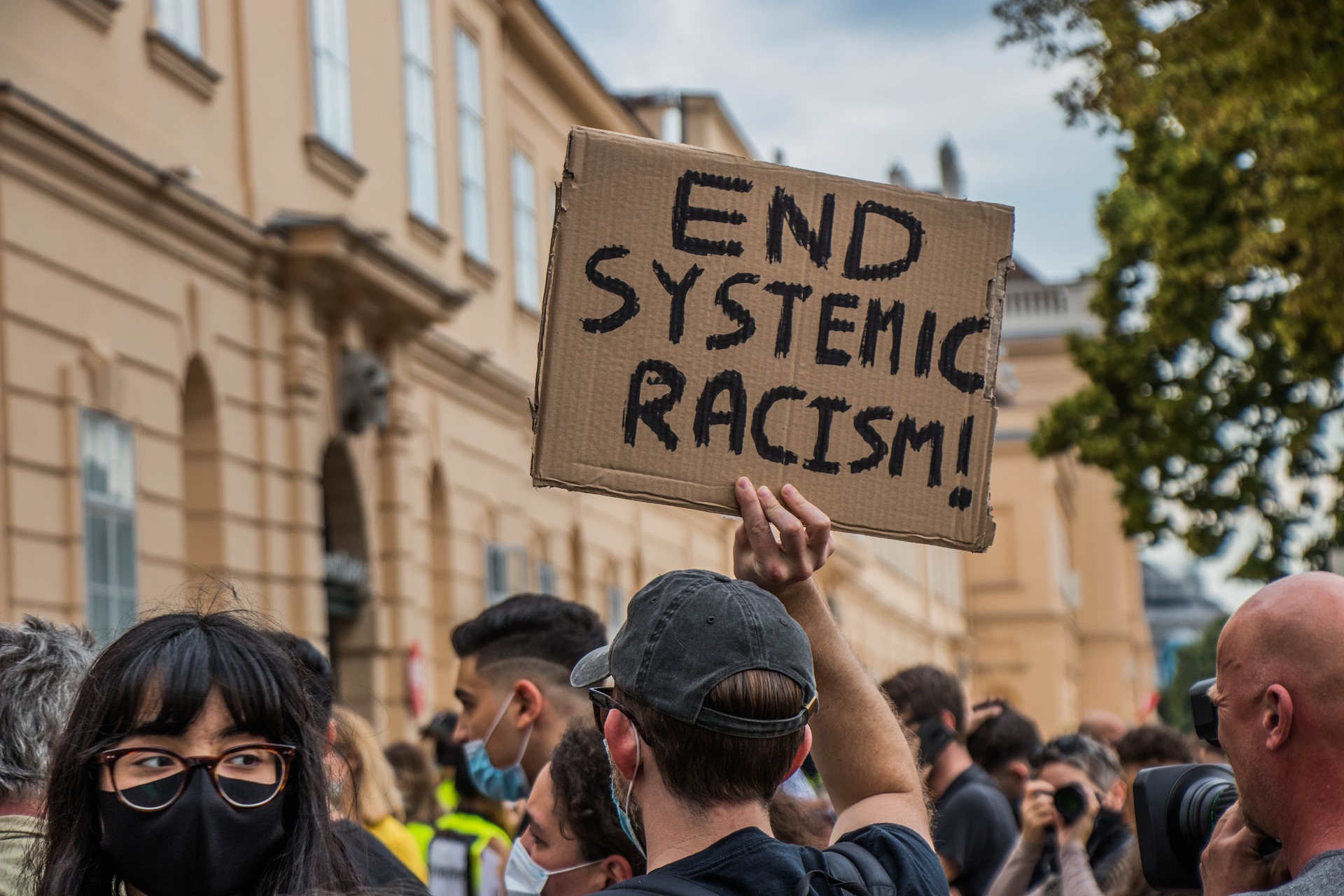
Part 3: A Call to Action
When thinking about moving forward in the movement towards atoning slavery, Social Movement Theory lends a helpful hand. The theory describes four stages: emergence, coalescence, bureaucratization, and decline. This movement’s stage in Social Movement Theory tells us a great deal about how to move forward in recognizing and reconciling with the history of chattel slavery and its connections with modern-day human trafficking.

The first stage, emergence, is a product of widespread discontent, but yields no organization or action. In coalescence, individuals begin to organize and act collectively and strategically. In the third phase, “bureaucratization,” higher levels of organization emerge. The need to develop and implement a coordinated strategy requires trained, paid staff to supplement the work of volunteers. This staff may have access to political elites that provide the movement increased political opportunity and press. The final stage, decline, concludes the continuum in one of four results: repression, co-optation, organizational structural collapse, or success.
Currently, it is easy to identify that the movement to recognize and reconcile with the history of chattel slavery on college campuses is in the coalescence stage. Luckily, the universities with the most to atone for when it comes to slavery are some of the wealthiest, most-connected organizations in the world. The President and Fellows of Harvard College, one of Harvard’s permanent endowments, has gross assets totaling $56.37 billion, dwarfing those of the Bill and Melinda Gates Foundation ($41.31 billion) and the Kaiser Foundation Hospitals ($20.81 billion). University students, Black Lives Matters activists, the GU 272 Descendants Association, and university presidents and administrators, many of whom have heard activists’ calls with humility, respect, and responsibility, have much to be proud of when looking at the change they have created thus far.
But social movement theory tells us that movements are most at risk as they cross the threshold from coalescence to bureaucratization. To avoid structural collapse, a movement must develop and implement a coordinated strategy. Professional staff supplementing the work of volunteers is essential in any movement, especially one that is lobbying America’s richest, most powerful universities.
The silver-lining of this movement away from affecting change on a federal level is that causes that have not typically garnered the attention of national organizations now have a cadre of experienced experts at their disposal. Grassroots organizers have a unique opportunity to partner with professionals seeking alternative paths towards change. Now could be the time for student, individual, and professional activists to come together to force universities to atone for their history with slavery.
In our previous blog post, we explored the connections between modern-day human trafficking and the trans-Atlantic slave trade. In recognizing the stark historical connection between the two forms of exploitation, we encourage professional anti-trafficking organizations to offer their services to student activists and to professional activists associated with the movement for reparations and atonement of chattel slavery. The conversation on the slave trade is being addressed nationally, such as in the recent NY Times exposé about insurance policies on slaves. The anti-trafficking field is divided on many ideological and policy issues, but the need to atone for the scourge that was chattel slavery is the one opportunity for building coalition and supporting a national platform working to repair a broken past.
